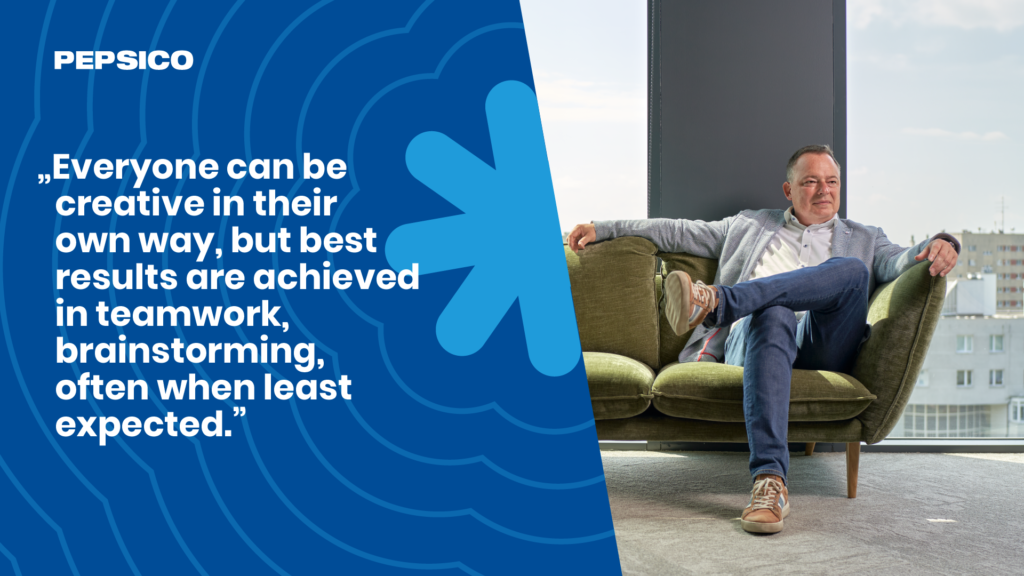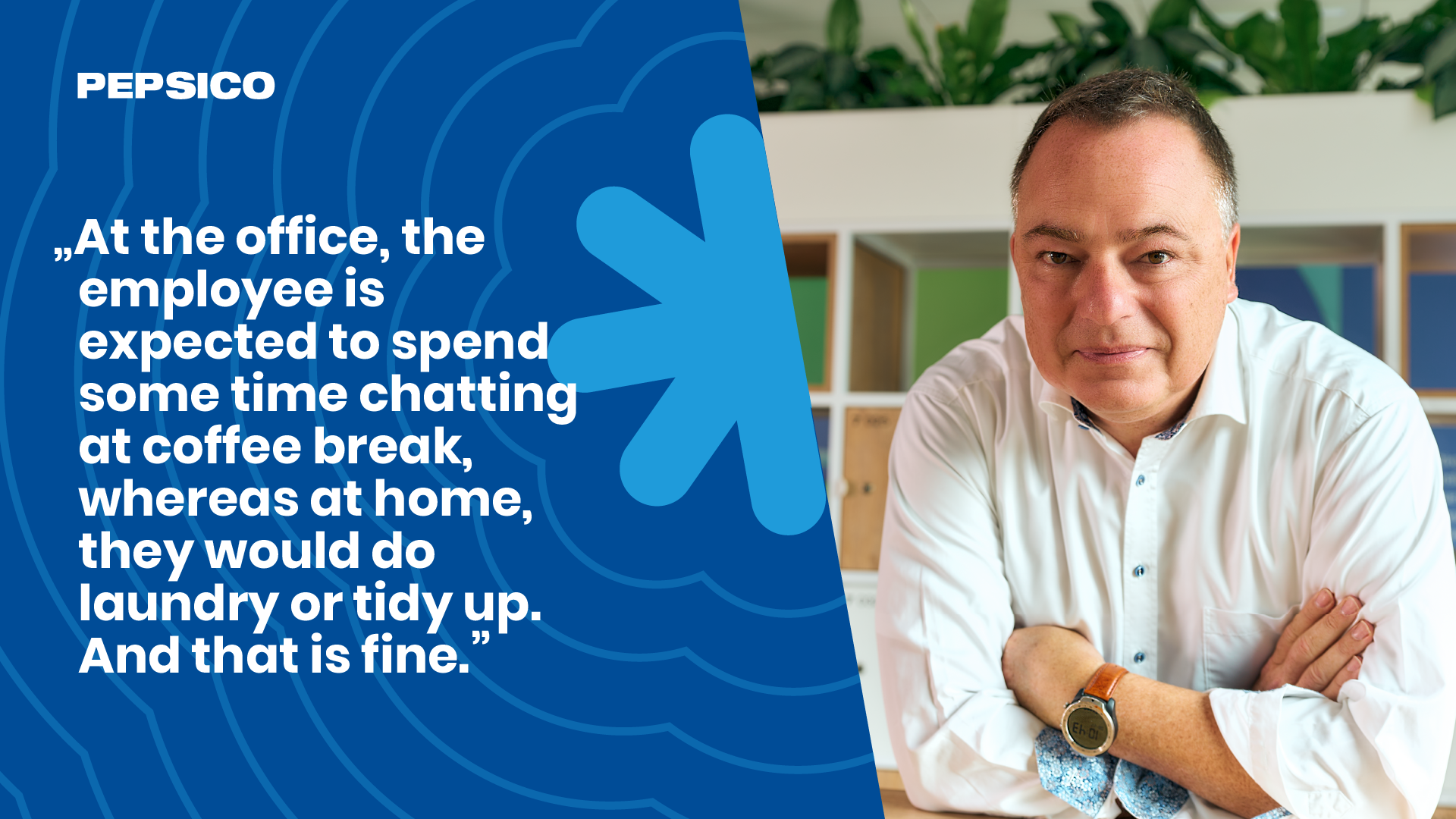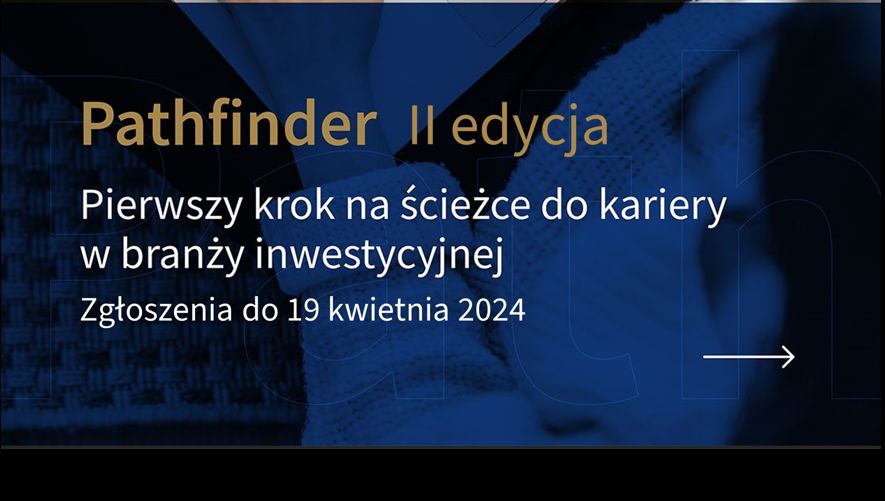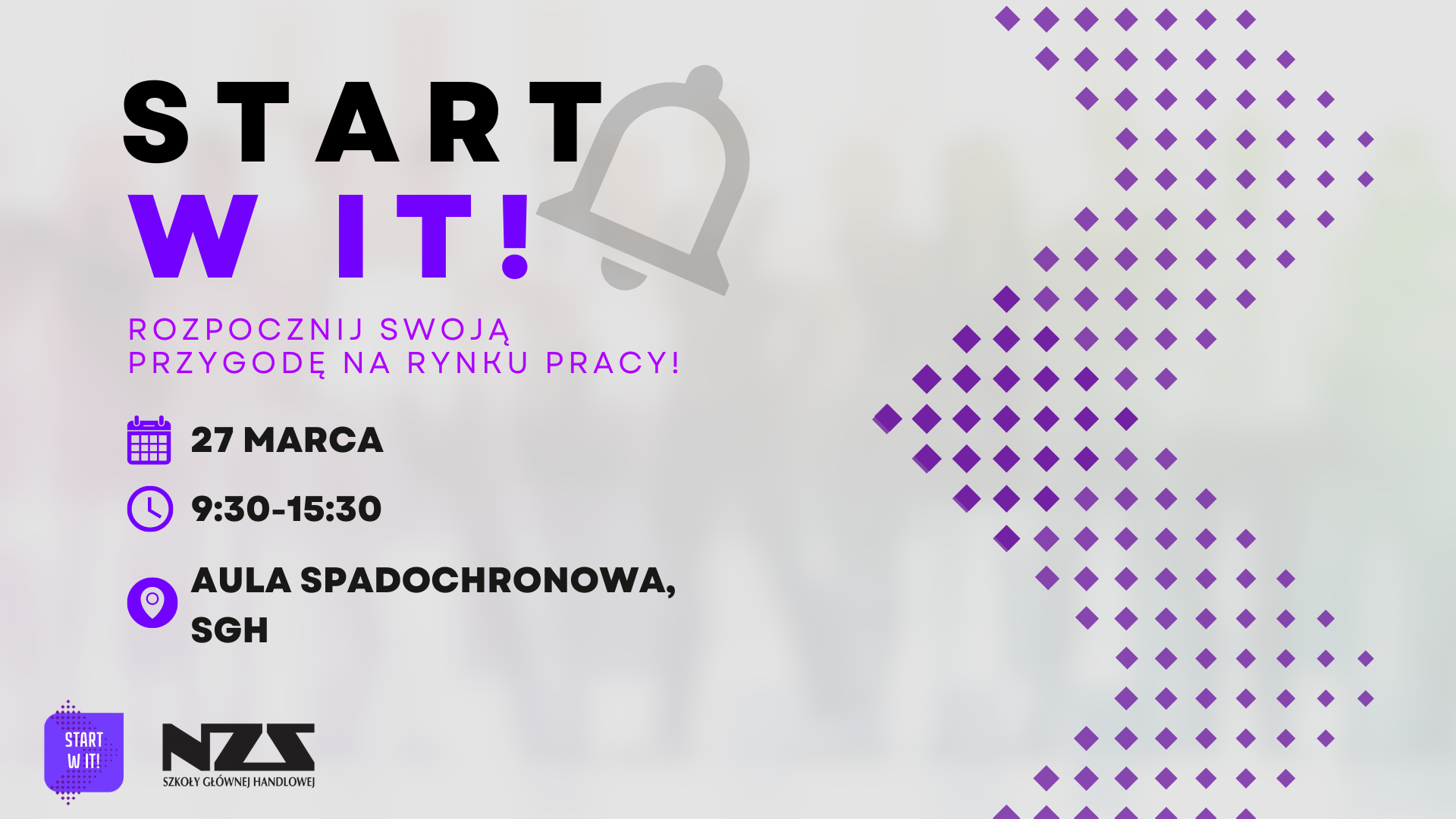– Productivity is a complex phenomenon. If employees have to perform only tasks they already know and are experts in that field, productivity remains unchanged regardless of the fact whether they work from the office or home. However, in the case of people whose work requires creative thinking and an out-of-the-box approach to solving problems – the discrepancy is huge. New ideas for activities and processes are less likely to be born remotely.
Boris Wouters, General Manager of PepsiCo GBS in Krakow, talks about the completely new role of the office, built on the lessons learned from the pandemic.
How was it with the pandemic? Did it turn work philosophy upside down overnight? Or did it just accelerate certain processes?
-The hybrid work model had already existed way before. I myself had been working this way for 20 years. However, the pandemic did prove that such a model can be more efficient than everyone thought. Seemingly impossible tasks to be done remotely turned out absolutely doable. And that, for sure, may be viewed as a revolution that the pandemic forced upon us. Currently, there exist very few sectors that cannot be run remotely. Take banks, for example. For security reasons, there are times we should visit them in person. All of a sudden, they managed to change the way they function so that they were closed during the pandemic and still realized all of their operations remotely. The pandemic did speed up the transformation. It was a catalyst for enterprises that started using new technologies in order to implement hybrid or remote work.
Also, working from home has benefits for the employees. The question is – are those really only benefits?
– There are plenty: comfort, saving money on commuting to the office, and additional time one can spend with the family, e.g., doing sports. That all translates into theoretically better balance between work and life. But if we view remote work from a longer time perspective, the limitations of such a model become more visible.
I’m all ears.
– To begin with, extensive remote work results in weakening social bonds. In order to take care of them, one needs to be among people. This is evidenced by numerous research but also our own observations. Moreover, the work-life balance turns out illusionary, as many people tend to work much more from home than at the office. From the employer’s point of view, the most important issue is always team productivity. So, we took a very close look at this aspect of remote work.
What were your conclusions?
– Our center was opened in 2020, right in the middle of the pandemic. So, we have had three interesting years as regards analytics. For example, we know that productivity is a more complex phenomenon than it appears. If an employee has to perform only tasks they already know very well and is an expert in that field, productivity remains unchanged regardless of the fact whether they work from the office or home. In both cases, it amounts to around 85%. At the office, the employee is expected to spend some time chatting during coffee breaks, whereas at home, they would do laundry or tidy up. And that is fine.
However, in the case of people whose work requires creative thinking and an out-of-the-box approach to solving problems – the discrepancy is huge. We have noticed that new ideas for processes and activities are seldom born in the remote work model.
Creativity is not available online?
– It is, but it is weaker. Usually, innovation happens thanks to interaction. The power of creativity is manifested when people talk face to face. Everyone can be creative in their own way, but the best results are achieved in teamwork and brainstorming, often when least expected.
It is also worth mentioning that the onboarding process for new people is also much more difficult. They need to be trained and taught how to perform particular tasks. At the office, the process takes a few weeks to reach 85% productivity level. Usually, after 6-8 more weeks, the person already feels confident in their role. But when the same process occurs remotely, it takes twice as much time, or the efficiency drops by half.
How do you explain all those differences?
– Simply, efficiency of meetings that take place at the office is twice as high as the remote ones. It is hard to maintain the same level of concentration online. One is tempted to read something in the meantime, text a friend, or do something else rather than the project that is being discussed. Many people don’t even turn on their cameras, which makes it easier to be absent at a meeting.
Additionally, it is harder to read body language online, gestures, and between the lines. There is little space for small talk or unofficial meetings, where great ideas are born, too. It is also a challenge to keep new employees loyal to the company because, to them, the company may mean just one more open window on their computer.
Right, so is it possible to build organizational culture on-line?
– That’s very difficult. Company spirit and culture cannot be sensed when working only remotely. And it’s through knowing the culture, building relations with teammates, and daily contact with the organization that the sense of identity is formed that further enhances loyalty.
During the pandemic, we tried it all. We had a remote DJ. We sent people party boxes. We tried organizing an online party. All of the above could not replace a live meeting. In a sense, we lost 2 years trying to build involvement using remote methods. We truly strived to send people our vibe because, without it, the only thing that connects the employee with the employer is a piece of paper in the form of an agreement and a paycheck. And that’s too little.
What are your conclusions after that period?
– That if a company does not need to employ new people or plans to continue their usual activity for the next few years, they do not need that many meetings and can operate fully remotely with no impact on the business. But if the organization needs creativity, fresh perspective, and swift reactions to market changes, introducing new technologies, and expanding and employing new people, then the consequences of changing the model are far greater. And we represent the other type of company.
How did you transfer these conclusions into actions?
– Our response to all of the challenges we have mentioned was implementing our completely new idea called „Work that works.” It is efficient and fills the gap between fully remote work and fully on-site work. The office is just a tool that the employees are free to use when they feel comfortable, just like a phone or a laptop.
So, the next step was creating that very tool?
– Just before the end of 2022, we opened our new office. But before we started its design, we had analyzed all the needs it had to fulfill to fully benefit the company and its employees. We wanted it to combine the pros of working from home, at the same time avoiding all limitations of such a solution, e.g., lower efficiency of creative projects. In the end, a place was created where our employees are able to cooperate, have fun, use their creativity, and simply stay together. These four contexts are the core of our 4C Principle – Connect, Create, Celebrate, and Collaborate, which had a huge impact on our new office design.
What does that mean exactly? And how did it translate into the layout of space in the office?
– More than half of our space is occupied by common space – conference rooms, relaxation rooms, kitchen, etc. We also wanted our office to look more like home than traditional workspace. Therefore, we created a space in which we move away from the work-at-your-desk model. Of course, everyone has their own desk with a large monitor, but also over a dozen meeting rooms, relaxation zones, or spaces for joint projects, as well as common space around the kitchen and terraces where one can also work. Instead of an office at home, we move towards a more homely office.
Is it possible to already estimate the results of those actions? Does the „office as a tool” approach work?
– Surely, we need some time after the transition from full-time remote work before people get used to a hybrid environment. Only then will I be able to give you a comprehensive answer to this question. So far, we can see more people in the office, improvements in creative project efficiency, as well as way more effective introduction of new employees into the organization. So, this is certainly a good direction. I suggest we continue this conversation a year from now.





